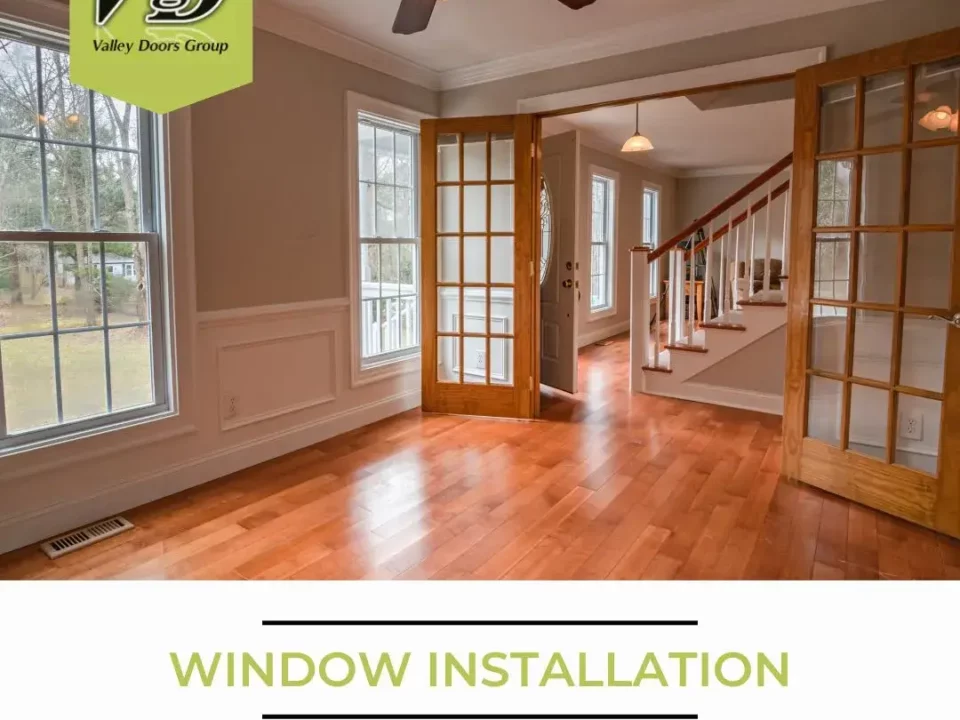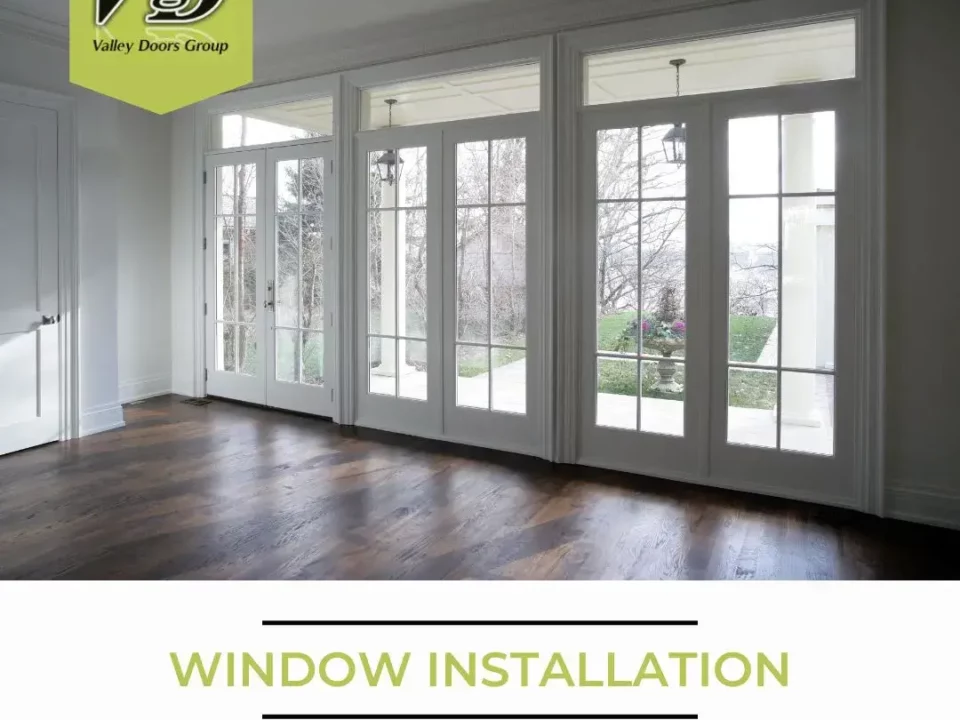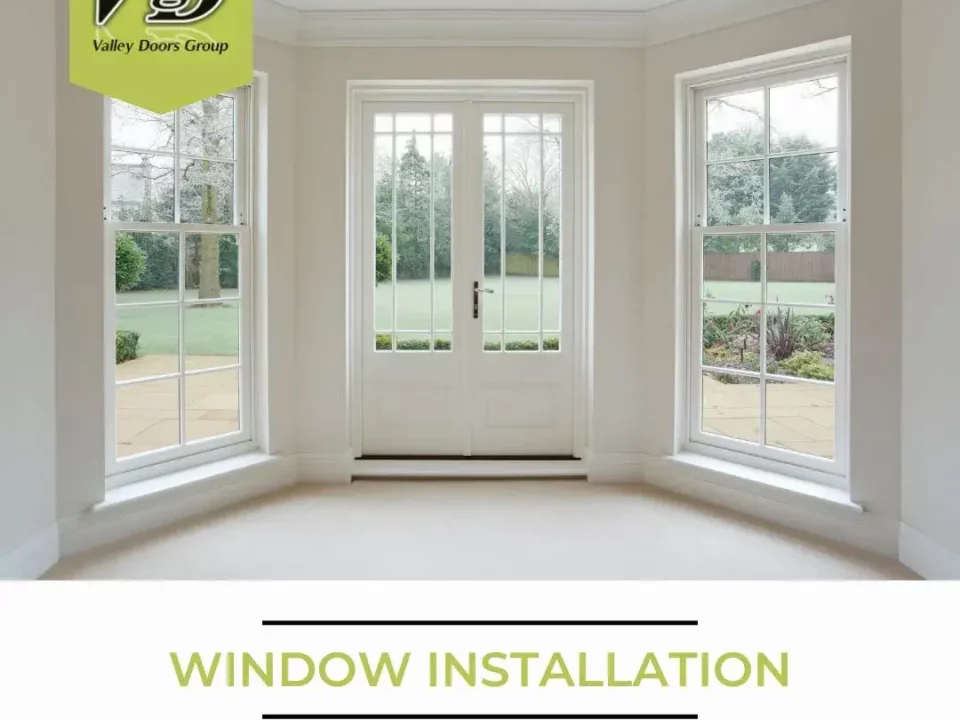Why Quality Window Installation Matters in Woodland Hills, California

Energy Benefits of Window Installation in Woodland Hills, California
October 21, 2025
Window Installation Trends in Woodland Hills, California Homes
October 21, 2025In Woodland Hills, windows are more than frames and glass—they’re the critical link between your home’s comfort and the Valley’s dynamic climate. When the sun beats down on a summer afternoon and the breeze picks up off the hills, you quickly learn that the way your windows are installed has as much impact on your daily life as the products themselves. That’s why local homeowners who want dependable comfort and long-term performance prioritize expert window installation. Done right, it safeguards your home from heat, drafts, and water, while delivering smooth operation and lasting peace of mind.
Quality installation is not simply a matter of fitting a product into a hole. It’s an orchestration of measurements, wall integration, water management, air sealing, and calibration so that your home’s envelope performs like a well-tuned instrument. Here in Woodland Hills, where stucco exteriors are common and temperature swings can be notable from day to night, precision matters. A good installer reads the building, respects its materials, and crafts a connection between window and wall that endures.
The Difference You Can’t See—But Will Definitely Feel
When a window looks great on day one, it’s tempting to assume the job is perfect. But the long-term story is written in details you may not see. Properly flashed openings move water outward and away, preventing intrusion that can fester behind finishes. Carefully installed shims keep frames square and true so sashes glide without binding, and locks align to create an airtight seal. Perimeter insulation and sealants fill micro-gaps that would otherwise leak conditioned air or invite dust and noise inside. Together, these choices determine how comfortable your rooms feel at 4 p.m. in August and how quietly you sleep on a windy night in January.
On the flip side, rushed or imprecise installation might not reveal itself until after the first heat wave or heavy rain. You might notice stubborn latches, a faint rattle in the night, or a draft that seems to come from nowhere. Over months and years, such issues compound: finishes discolor, HVAC systems work harder, and daily nuisances erode your enjoyment of the home. In other words, you can buy the best window on the market, but without quality installation, you’ll never unlock its full potential.
Why Woodland Hills Homes Demand Better Detail
Our community’s housing stock spans mid-century ranches, contemporary infill, and custom hillside residences. Many are stucco-clad, which changes the installation approach compared to lap siding or brick. In stucco, the weather-resistive barrier behind the plaster is your last defense against water intrusion. Integrating new windows requires careful attention to pan flashing at the sill, head flashing at the top of the opening, and side flashing that shingle-laps to shed water forward. These details are easy to gloss over, but they are the backbone of a dry, resilient assembly.
Woodland Hills also experiences thermal expansion and contraction cycles that can work fasteners and joints over time. A stable frame material and consistent anchoring help resist movement, while compatible sealants accommodate slight shifts without tearing. Proper gap sizing around the frame—neither too tight nor too loose—allows for insulation, reduces conductive heat transfer, and helps the sealant perform as intended. These are not theoretical details; they are the lived reality of how installations last in our climate.
Measuring Twice: The Pre-Installation Advantage
Quality begins before the first screw is set. Accurate measurements account for out-of-square openings, uneven sills, and wall thickness variations that are common in remodels. A thoughtful installer determines whether retrofit (insert) or full-frame replacement makes more sense, weighing the condition of existing frames, the need for improved water management, and your design preferences. Fewer surprises during the install mean less disruption to your home and a cleaner, more controlled integration of the new units.
Preparation also includes protecting interior finishes, staging materials, and setting up dust control. In homes where day-to-day life continues around a project, the best crews work with your schedule and maintain tidy work areas. This professionalism isn’t just about courtesy; it minimizes the risk of damage and helps the team focus on precision rather than rushing to catch up.
Air Sealing: The Quiet Hero of Comfort
An airtight perimeter is the boundary between your living space and the outdoors. Inadequate sealing allows conditioned air to escape and hot, dry air to infiltrate, particularly during Santa Ana events. Proper backer rod and sealant create a flexible, continuous seal that accommodates seasonal movement without cracking. Around the frame, low-expansion foam or carefully placed insulation reduces conductive and convective heat transfer, supporting the performance promised by the window’s rating label.
When air sealing is meticulous, your home feels calm and consistent. The thermostat doesn’t chase hot and cold spots, and your living areas stabilize, even when the sun shifts across the sky. That stability translates into comfort, quieter operation, and a sense that your home simply “works” better.
Water Management: The Install Detail with Outsized Stakes
Water intrusion often hides until it becomes a big problem. That’s why pan flashing at the sill is so vital—it directs any stray moisture out and away, rather than letting it soak into the wall. Head flashing prevents water from sneaking behind the window at the top, and properly lapped side flashing maintains the path of drainage. These techniques are most effective when aligned with the home’s weather-resistive barrier so that everything works in concert, not at cross-purposes.
In Woodland Hills, where seasonal rains can hit hard after dry periods, walls that shed water efficiently are healthier walls. Proper detailing avoids staining, swelling, and hidden damage. You may never see the flashing once the job is complete, but you’ll appreciate the quiet confidence that comes from knowing it’s there and doing its job.
Operation and Alignment: Everyday Performance You Notice
Windows that open and close with ease bring daily satisfaction. Correct shimming prevents frames from twisting, and careful screw placement avoids warping the unit. Sashes meet evenly, weatherstripping engages fully, and locks secure with a simple motion. When installers take the time to calibrate these elements, you get the extra benefit of better energy performance because a snug, properly aligned sash limits air infiltration.
In homes with varying window sizes and styles—sliders in bedrooms, casements near the kitchen, picture windows in the living room—each unit needs individualized attention. A systematic approach ensures consistency and minimizes the chance that one outlier becomes an annoyance. The more reliable the operation, the less you think about the windows, which is the best compliment they can receive.
Retrofit vs. Full-Frame: Choosing the Right Path
Retrofit installations preserve interior trim and exterior finishes, which can be advantageous if your frames are sound and you prefer minimal disruption. Full-frame replacements, on the other hand, allow complete control of water and air detailing, and they’re often the best choice when existing frames are compromised or when you want to change sizes, shapes, or styles. In stucco homes, full-frame work requires experienced hands to tie new flashings into the wall system without creating weak points. A quality-focused installer will explain the trade-offs and help you select the right path for your specific house and goals.
Either way, the hallmark of quality remains the same: respect for the building envelope. The transition between old and new should be clean, durable, and supportive of the window’s thermal and acoustic performance.
Partnering with the Right Team
Local knowledge matters. Teams accustomed to Woodland Hills’ sun, winds, and architectural patterns anticipate issues before they arise. They know which low-E glass packages work best for west-facing views, how to manage glare without darkening rooms, and how to integrate new windows with existing stucco so the façade remains cohesive. This isn’t one-size-fits-all work; it’s tailored craftsmanship backed by an understanding of how homes age in our microclimate.
If you’re evaluating window installation, ask about flashing methods, air-sealing practices, and how the crew ensures square, plumb fitment. Discuss whether they test operation and water drainage before calling the job complete. A transparent, detail-oriented process is the surest route to long-term success.
Post-Installation Care: Protecting the Investment
Even the best installation benefits from simple maintenance. Keep tracks clean so sashes seat firmly. Inspect exterior sealant lines annually for hairline cracks, especially on sun-baked exposures. Ensure weep holes are unobstructed so water drains as designed. These small steps preserve the airtight and watertight envelope that the crew worked to create, keeping your windows performing at their peak for years.
It’s also smart to check interior shading solutions. Sometimes a well-placed shade or sheer can temper bright afternoon light without diminishing the room’s cheerful feel. Thoughtful layering complements the inherent performance of the window and adds another degree of control to your day-to-day comfort.
Frequently Asked Questions
How long does a typical installation take?
Project timelines vary by scope and window count, but a well-planned job moves efficiently. Crews coordinate removal, preparation, installation, and finishing so each opening is protected and secure before they move on. Communication before and during the project sets expectations and helps your household plan around the work.
Will I need a full-frame replacement, or is retrofit enough?
It depends on the condition of your existing frames and your goals. If the frames are solid, retrofit can be a clean, effective solution. If there are signs of water damage, poor insulation, or you want to change sizes or styles, full-frame provides a fresh start with complete control of flashing and sealing. A qualified installer will evaluate and recommend the best path.
How do installers prevent water leaks in stucco walls?
They integrate head, sill, and side flashing with the home’s weather-resistive barrier, creating a shingled path that carries water out and away. Pan flashing at the sill is particularly important. When detailed correctly, the assembly resists intrusion even during heavy rain.
What signs suggest past installation problems?
Look for persistent drafts, difficult operation, rattling noises, staining around the interior jambs, or hairline cracks radiating from window corners in the stucco. Condensation between panes indicates a failed seal in the glass unit, while condensation on interior panes can point to temperature differentials or ventilation issues. Any of these are reasons to consult an expert.
Do better installations actually improve energy efficiency?
Yes. A precise, airtight perimeter and proper insulation around the frame preserve the performance the window was engineered to deliver. Poor fitment or gaps undermine that performance, leading to higher energy usage and less stable temperatures.
When you’re ready to upgrade your home’s comfort, resilience, and day-to-day ease, choose a local team that treats your walls and windows as a single, integrated system. Start a conversation about professional window installation today, and enjoy windows that look beautiful, operate flawlessly, and perform for the long haul.




